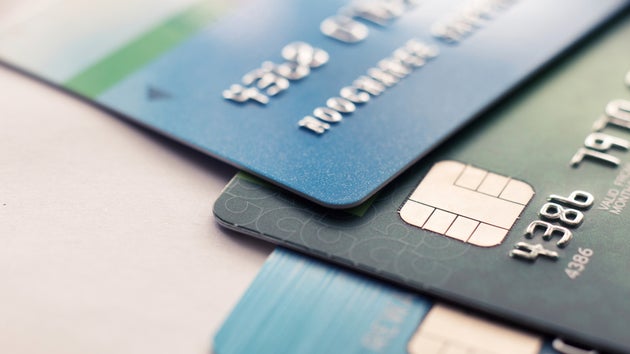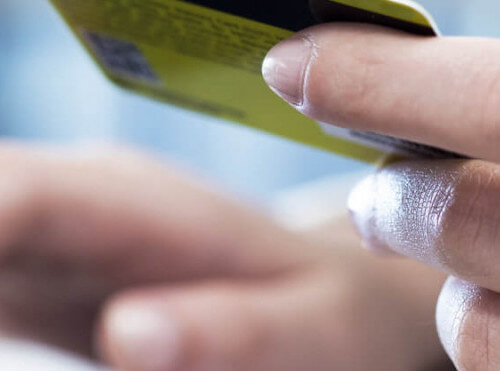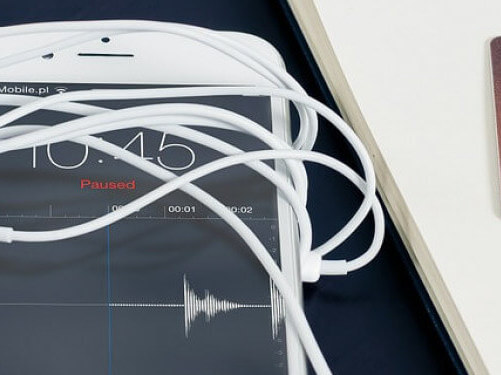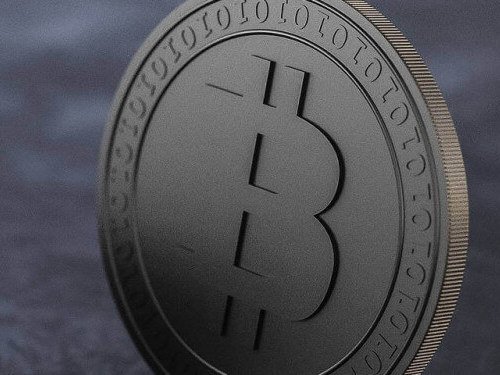Table of Contents
Credit cards for children and teenagers under 18
Most credit cards require you to be at least 18 years old to qualify. However, age limits for children's credit cards can vary depending on the country and credit card company. Typically, banks and credit card companies offer special credit cards for children aged around 6 to 18. Here we show you the differences between the types of cards and the advantages and disadvantages of children's credit cards.
From what age? Prepaid and debit cards from 14 years old
Most children's credit cards are available for teenagers from 14 years old, provided they are approved by an adult. These prepaid or debit cards usually do not require a credit check or a certain income, as they are pre-funded. However, it is important to carefully review the terms and fees before choosing a credit card.
Prepaid credit cards for children
Prepaid children's credit cards are a type of credit card specifically designed for children and teenagers. These credit cards work similarly to regular credit cards, but there are some key differences. Most prepaid children's credit cards do not require a credit check or a certain income, as they are pre-funded. Parents or guardians can load the card with a specific amount, which the child can then use to make purchases online or in stores until the balance is exhausted. Prepaid credit cards for children are usually linked to an online account or application managed by the parents or guardians. This way, they can monitor and control their child's card activities and reload the card in real-time when the balance is exhausted.
Debit cards for students and teenagers
Debit cards for children are another option specifically designed for children and teenagers. Unlike prepaid credit cards, debit cards are linked to a checking account controlled by the parents or guardians. Most debit cards for children also do not require a credit check or a certain income, as they are limited to the parents' or guardians' checking account. Children can then withdraw money or make purchases with the card, but only up to a certain amount or within a certain period set by the parents or guardians. Debit cards for children are usually also linked to an online account or app managed by the parents or guardians. This way, they can monitor and control their child's card activities and manage the checking account in real-time. However, it is also important to note that debit cards for children may not be offered in all countries or by all banks or financial institutions. Therefore, it is advisable to inquire about the options for children before opening an account or obtaining a card from the bank or financial institution.
Sparkasse, ING-DiBa, or DKB? Things to consider!
Credit cards for children can offer many benefits, particularly regarding the financial education and responsibility of children and teenagers. However, there are also some risks and disadvantages that should be considered.
The best children's credit cards offer security and financial education
Credit cards for children can be safer than cash, as they are protected against loss or theft. If a credit card is lost or stolen, it can easily be blocked to prevent fraud. They can also help children develop an understanding of financial responsibility and budgeting skills. When children have a credit card, they learn to manage their expenses and save money. Parents and guardians can monitor credit card activities and discuss with their children how to control and plan their spending.
Easy payment even aabroad: Online shopping and travel
Children's credit cards enable children to shop online, especially at a time when online shopping is becoming increasingly popular. Children can learn to shop safely and responsibly online and conduct digital transactions. Additionally, these prepaid or debit cards allow children to pay while traveling. Credit cards can be used to book flight tickets, hotel rooms, activities, and withdraw money in the local currency.
Not all are free: costs and possible overindebtedness
Credit cards for children may come with costs and fees that parents or guardians must bear. These can include annual fees, transaction fees, foreign transaction fees, and overdraft interest. It is important to be informed about all fees before applying for a children's credit card and to ensure they are reasonable and acceptable. The risk of over-indebtedness and debt for children can also be increased by using children's credit cards if they are not used responsibly. Parents and guardians should ensure their children understand how credit cards work and can use them responsibly.
Security Risks
Such cards for teenagers can also pose a security risk, especially when used online. It is important to ensure that children are informed about secure online practices and behavior in handling financial information.
From What Age Are Children's Credit Cards Available?
Can Children Have Credit Cards?
What Types of Children's Credit Cards Are Available from 14 Years Old?
Prepaid Credit Cards: These are credit cards preloaded by parents or guardians. Children can then use these cards to make purchases online or in stores until the balance is exhausted.
Debit Cards: These cards are linked to a checking account controlled by the parents or guardians. Children can withdraw money or make purchases with the card, but only up to a certain amount or within a certain period set by the parents or guardians.










